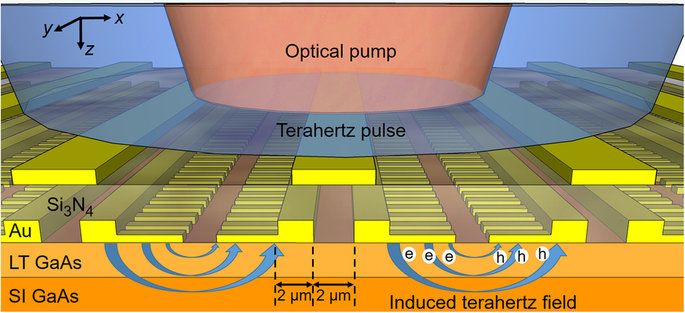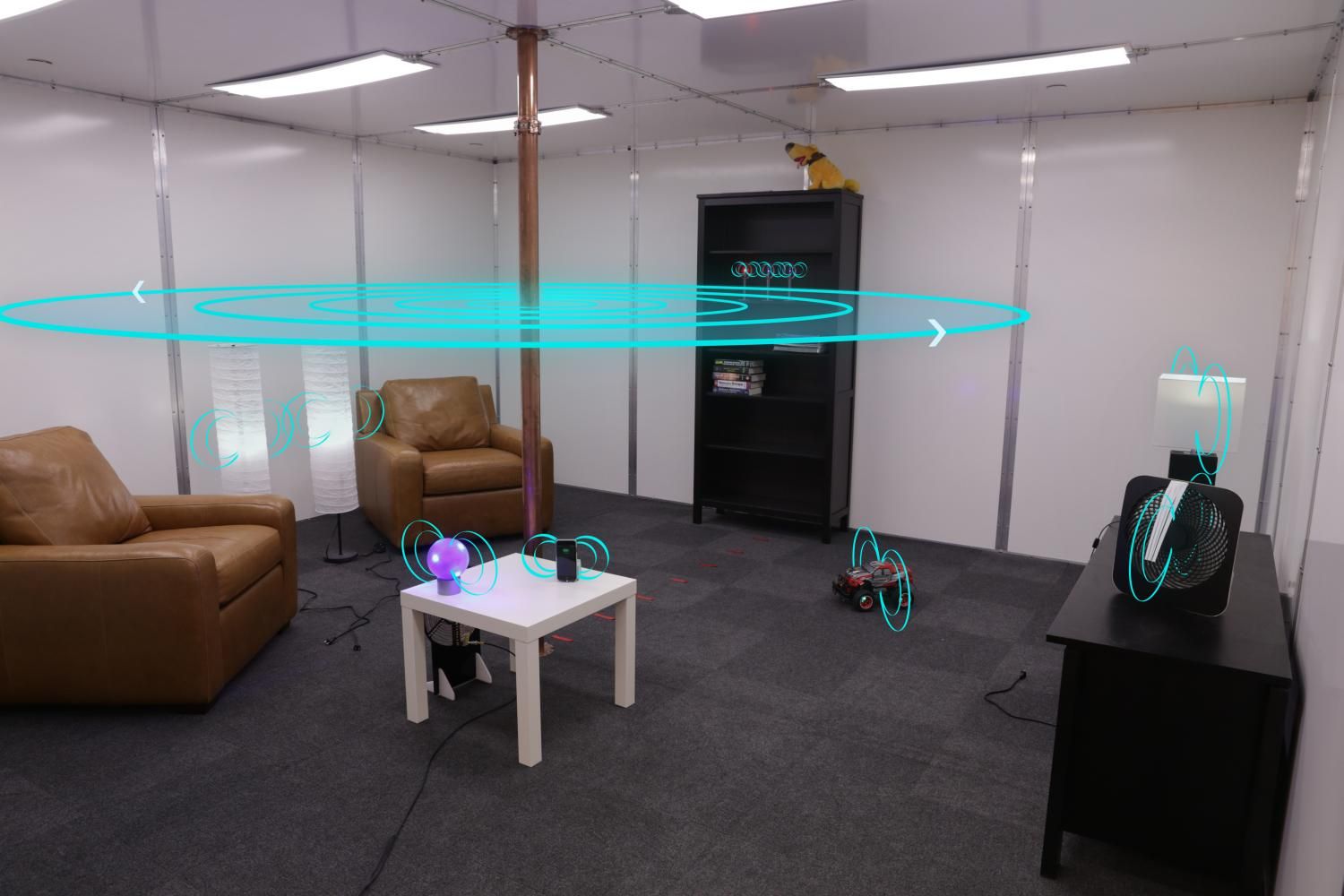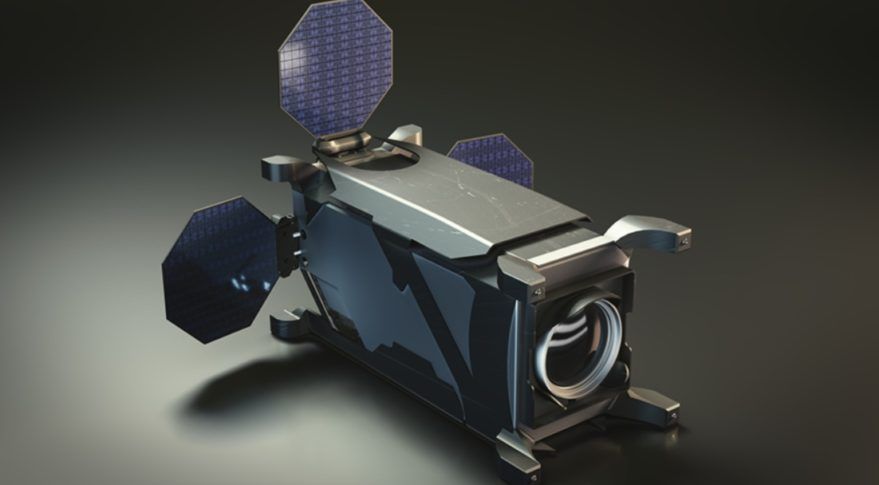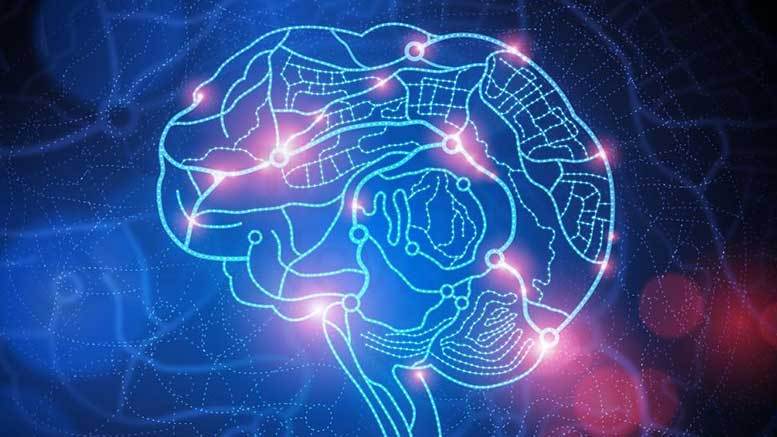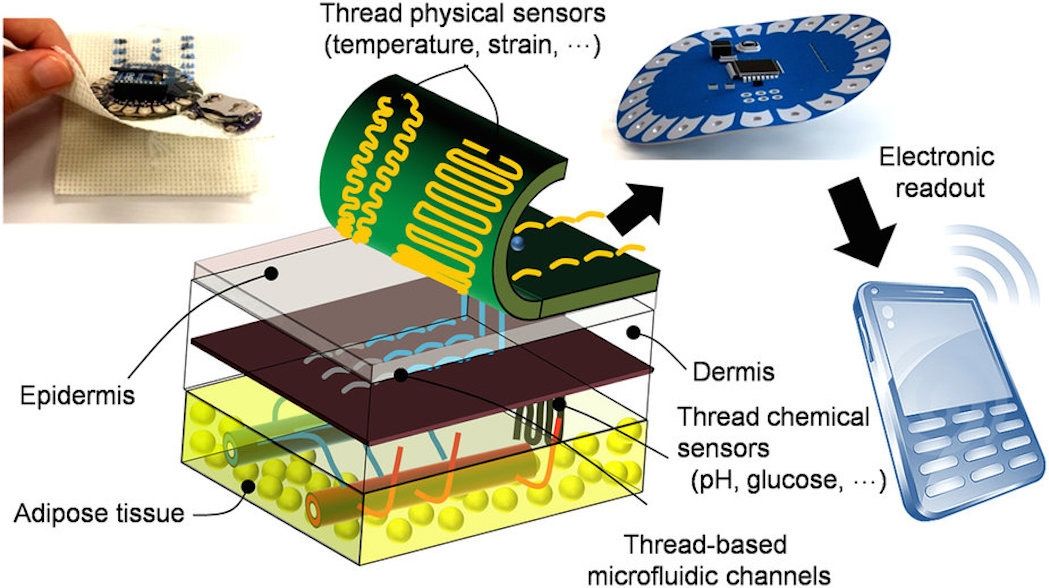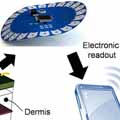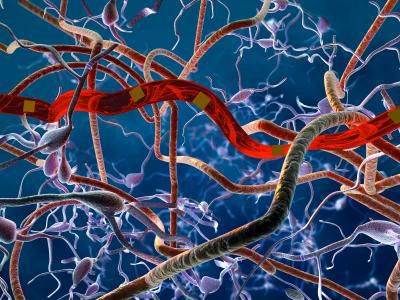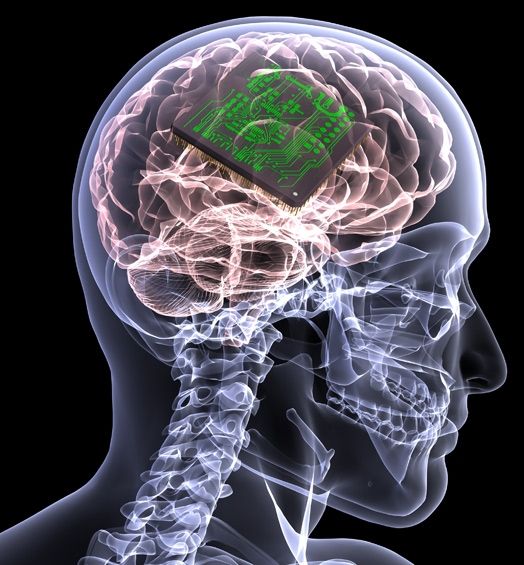Feb 16, 2017
High Sensitivity Terahertz Detection through Large-Area Plasmonic Nano-Antenna Arrays
Posted by Karen Hurst in category: nanotechnology
Now, a discussion on Highly sensitive Plasmonic Nano-antenna arrays.
Plasmonic photoconductive antennas have great promise for increasing responsivity and detection sensitivity of conventional photoconductive detectors in time-domain terahertz imaging and spectroscopy systems. However, operation bandwidth of previously demonstrated plasmonic photoconductive antennas has been limited by bandwidth constraints of their antennas and photoconductor parasitics. Here, we present a powerful technique for realizing broadband terahertz detectors through large-area plasmonic photoconductive nano-antenna arrays. A key novelty that makes the presented terahertz detector superior to the state-of-the art is a specific large-area device geometry that offers a strong interaction between the incident terahertz beam and optical pump at the nanoscale, while maintaining a broad operation bandwidth. The large device active area allows robust operation against optical and terahertz beam misalignments. We demonstrate broadband terahertz detection with signal-to-noise ratio levels as high as 107 dB.
